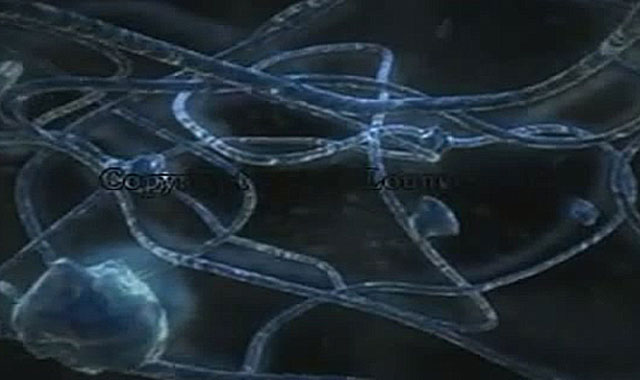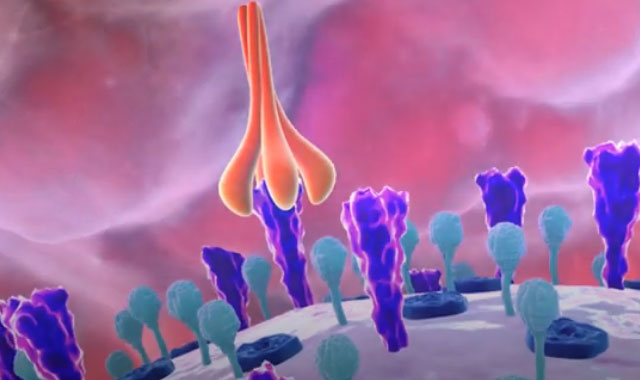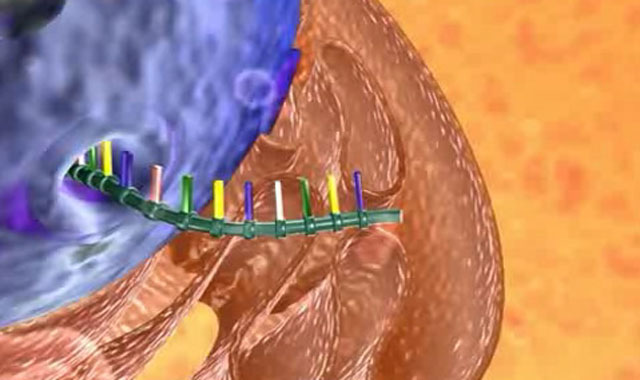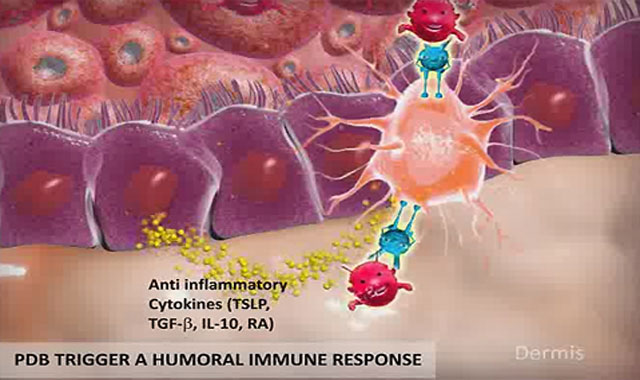Mechanism Of Anthrax Toxins
Description
Anthrax is an acute infectious disease caused by the spore-forming gram positive, aerobic bacterium Bacillus anthracis, whose pathogenesis is primarily the result of a tripartite toxin. This toxin is composed of three proteins: the Protective Antigen (PA), the Edema Factor (EF) and the Lethal Factor (LF). These proteins work together to enter a cell and disrupt the signaling pathways. Secreted from the bacteria as nontoxic monomers, these proteins assemble on the surface of Anthrax Toxin Receptor (ATR)-bearing eukaryotic cells to form toxic noncovalent complexes. The process starts when the 83 kDa PA (PA83) monomers bind to the ATR Receptor. Once bound, a 20 kDa N-terminal fragment (PA20) is cleaved off of PA83,leaving behind the remaining 63 kDa portion (PA63). PA63 rapidly oligomerizes to form a heptamer pre-pore,which then associates with up to three molecules of EF and/or LF.
The cell then endocytoses the complex and carries it to an acidic compartment, where the low pH causes a conformational change in the PA63 pre-pore that forms a cation-specific channel and allows the EF and LF to enter into the cytosol. Once in the cytosol, the EF and LF then carry out their respective damage-inducing processes, ultimately causing Apoptosis. Anthrax is a disease that has plagued man and his livestock for centuries, causing it to be one of the most well-studied and understood diseases. This animation provides an overview of the mechanism of Anthrax toxin in case of pulmonary infection, the most fatal form of infection causing Anthrax.
Browse Other Animations
 Bio Animation Introduction
Bio Animation Introduction
 Pathogenesis of SARS-CoV-2
Pathogenesis of SARS-CoV-2
 siRNA Pathway
siRNA Pathway
 Probiotic Skin Renewal Technology
Probiotic Skin Renewal Technology

